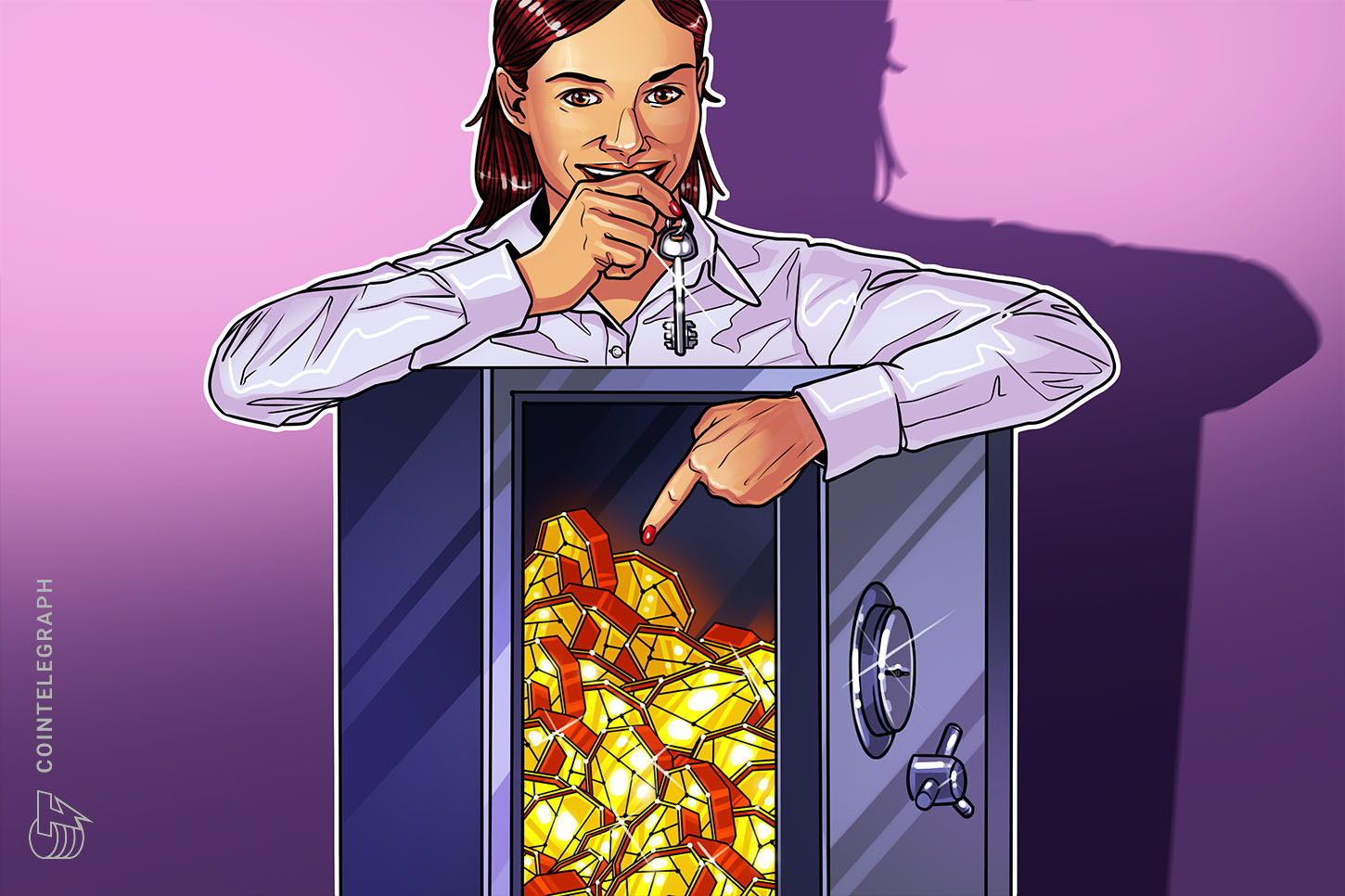The fall of the FTX crypto exchange forced many to reconsider their overall approach to investments — starting from self-custody to verifying the on-chain existence of funds. This shift in approach was driven primarily by the lack of trust crypto investors have in the entrepreneurs after being duped by FTX CEO and co-founder Sam Bankman-Fried (SBF).
FTX crashed after SBF and his accomplices were caught secretly reinvesting users’ funds, resulting in the misplacement of at least $1 billion of client funds. Efforts to regain investor trust saw competing crypto exchanges proactively flaunting their proof of reserves to confirm users’ funds’ existence. However, community members have since demanded that the exchanges show their liabilities to safeguard the reserves.
With SBF, the self-proclaimed “most generous billionaire,” committing fraud in broad daylight with no visible legal implications, investors must maintain a defensive stance when it comes to protecting their investments. To safeguard assets from fraud, hacks and misappropriation, investors must take certain measures to keep total control of their assets — often considered as best crypto investment practices.
Move your funds out of the crypto exchanges
Crypto exchanges are widely used to purchase, sell and trade cryptocurrencies in exchange for a small fee. While other methods, including peer-to-peer and direct selling, are always an option, higher exchange liquidity allows investors to match orders and guarantee no loss of funds during the transaction.
The problem arises when investors decide to keep their funds in wallets provided and owned by the exchanges. Unfortunately, this is where most investors learn the lesson “not your keys, not your coins” the hard way. Cryptocurrencies being stored on exchange-provided wallets are ultimately in possession of the owner, which in the case of FTX users, was misused by SBF and associates.
Evading this risk is as simple as moving the funds out of the exchange to a wallet with no shared private keys. Private keys are secure encryptions that allow access to the funds stored in crypto wallets, which can be recovered using a backup phrase in case of misplacement.
Hardware wallet: The safest bet for storing cryptocurrencies
Hardware wallets offer total ownership over the private keys of a crypto wallet, thus limiting the funds’ access only to the owner of the hardware wallet. After procuring cryptocurrencies from an exchange, users must voluntarily transfer their assets to a hardware wallet.
Once the transaction is completed, owners of the crypto exchange will no longer be able to access the fund. As a result, investors opting for a hardware wallet will no longer risk losing funds to frauds or hacks happening over the exchanges.
Related: What is a Bitcoin Wallet? A beginner's guide to storing BTC
However, while hardware wallets add to the overall safety of funds, cryptocurrencies remain at risk of impermanent losses when a token’s value goes down unrecoverably. Hardware wallet providers have witnessed a sharp increase in sales as investors slowly move away from storing their assets over exchanges.
Don’t trust, Verify
In all the crypto crashes that happened this year — including 3AC, Terraform Labs, Celsius, Voyager and FTX — breaking of investors’ trust was a common and evident theme. As a result, the motto of “Don’t Trust, Verify” has finally resonated with both new and seasoned investors.
Popular crypto exchanges, including Bitfinex, Binance, OKX, Bybit, Huobi and Gate.io, have taken proactive approaches to showcase their proof of reserves. The exchanges provided wallet information that allows investors to self-audit the existence of their funds within the exchange.
While proof-of-reserve shares a glimpse into an exchange’s reserves, it fails to provide the complete picture of its finances as information related to liabilities are often not made publicly available. On Nov. 26, Kraken CEO Jesse Powell called out Binance’s proof of reserve as “either ignorance or intentional misrepresentation” as the data did not include negative balances.
However, Binance CEO Changpeng Zhao refuted Powell’s claims by stating that the exchange has no negative balances and will be verified in an upcoming audit.
The above three considerations are a good starting point for safeguarding crypto assets against bad actors. Some of the other popular methods to take away control from the crypto entrepreneurs are using decentralized exchanges (DEX), self-custody (noncustodial) wallets and doing extensive research (DYOR) on seemingly investible projects.


